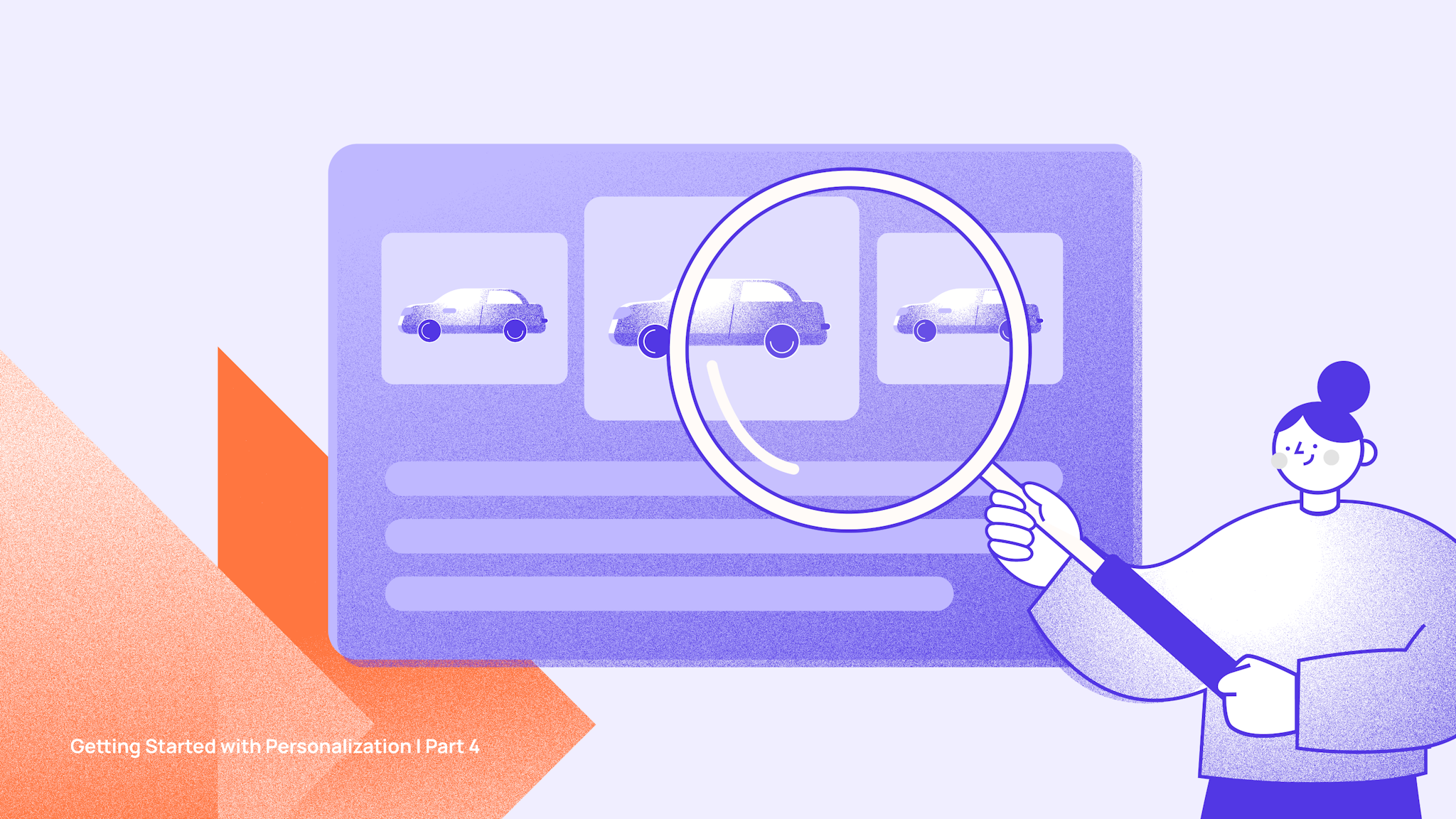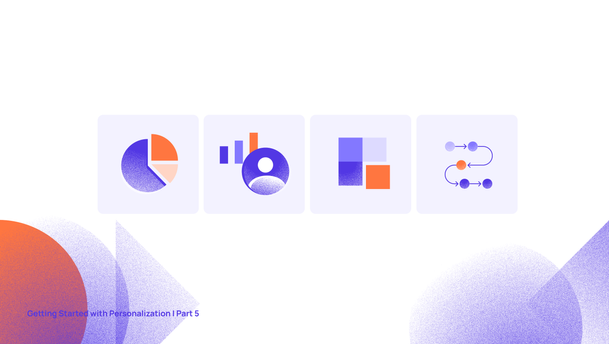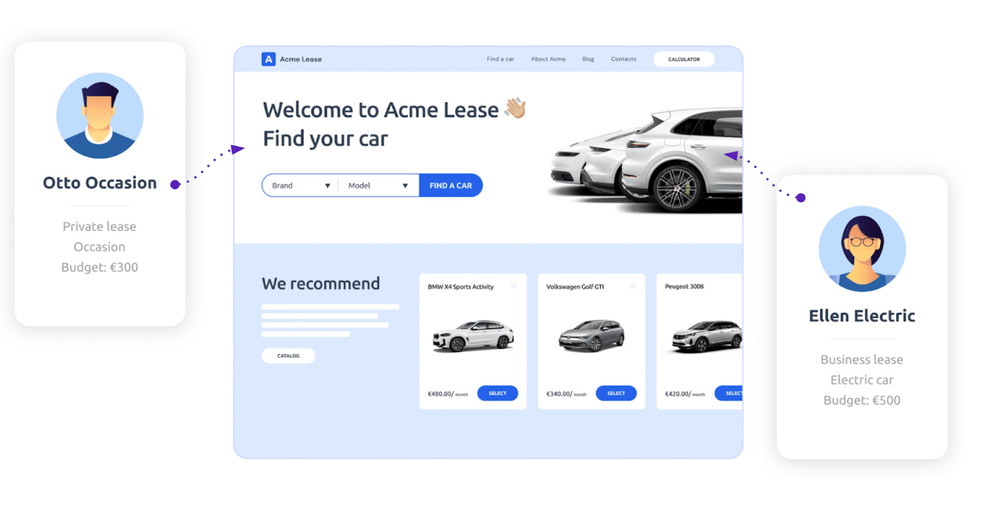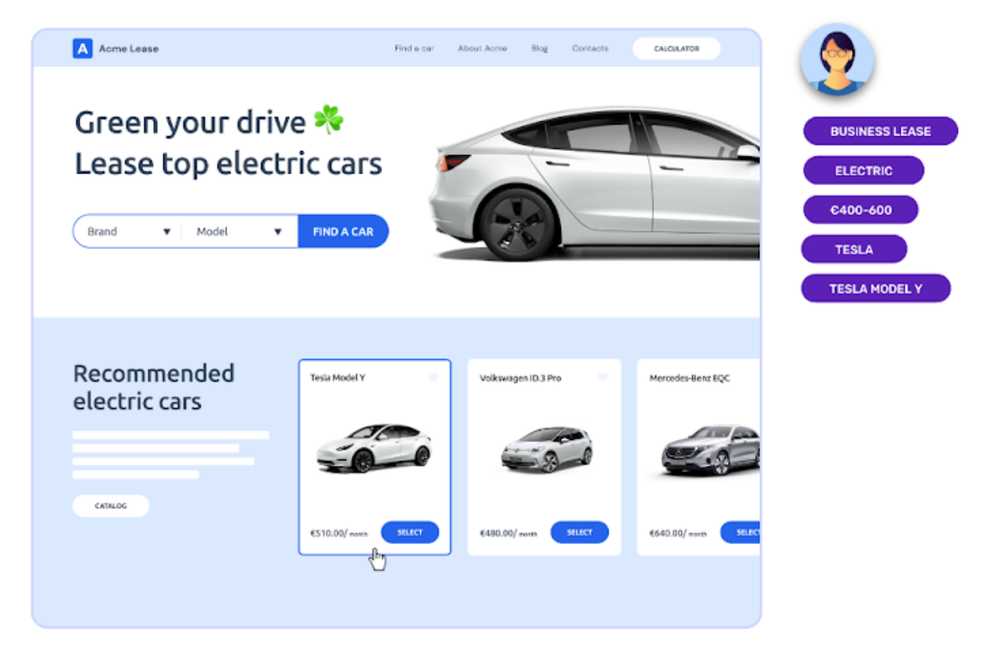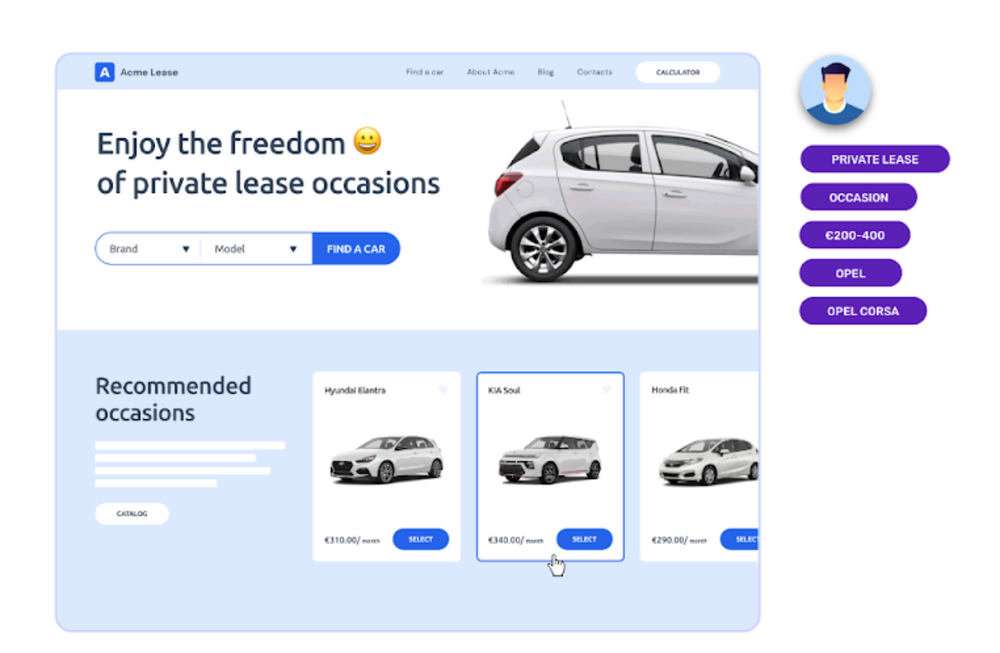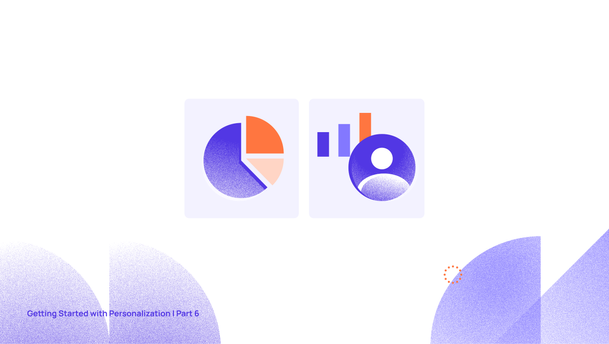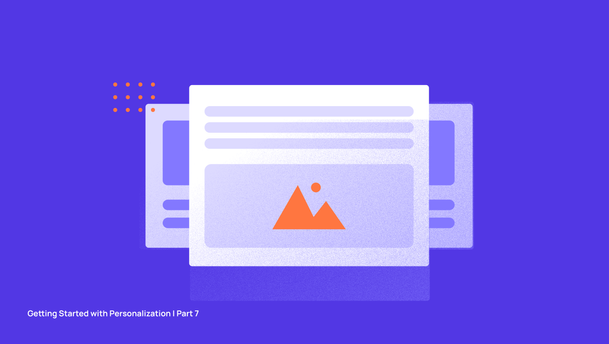Here we are, with the fourth and last article of the year before the Christmas break. Today’s focus? Rolling up our sleeves and experiencing firsthand the workings of an adaptive website in action.
In case you missed our last article, where we explored the types of websites best suited for an adaptive approach, don't worry – you can always catch up on our blog to stay in the loop.
"In theory, theory and practice are the same. In practice, they are not." - Albert Einstein

There is a huge difference between theory and practice. Theory tells us what might work, but practice confirms it. What’s the point of knowledge if there isn’t an application?
Let me take you back to my college days swimming in translation theories and methodologies. I soaked up so much knowledge about the topic, but did I dive into applying it? Well, no! The reality hit me when I stepped into my first job as a patent translator.
Don’t get me wrong. Theory is important, it's the foundation for practice. But if a theory remains untested in practice, it serves no purpose. After discussing how important it is for websites to be personalized and adaptable, providing a unique experience and boosting conversion rates, it’s also time for us to actually put these ideas to work.
The Acme Lease's case
Let's examine a real-world example of Acme Lease, a leading car lease company, to illustrate how an adaptive website can make all the difference. We'll follow two visitors, Ellen Electric and Otto Occasion, who have different goals when it comes to choosing a car. We’ll see how personalization turns their visit into a personalized journey, boosting the Acme Lease website's conversion rates.
Meet Ellen and Otto
Allow me to introduce our two visitors.


